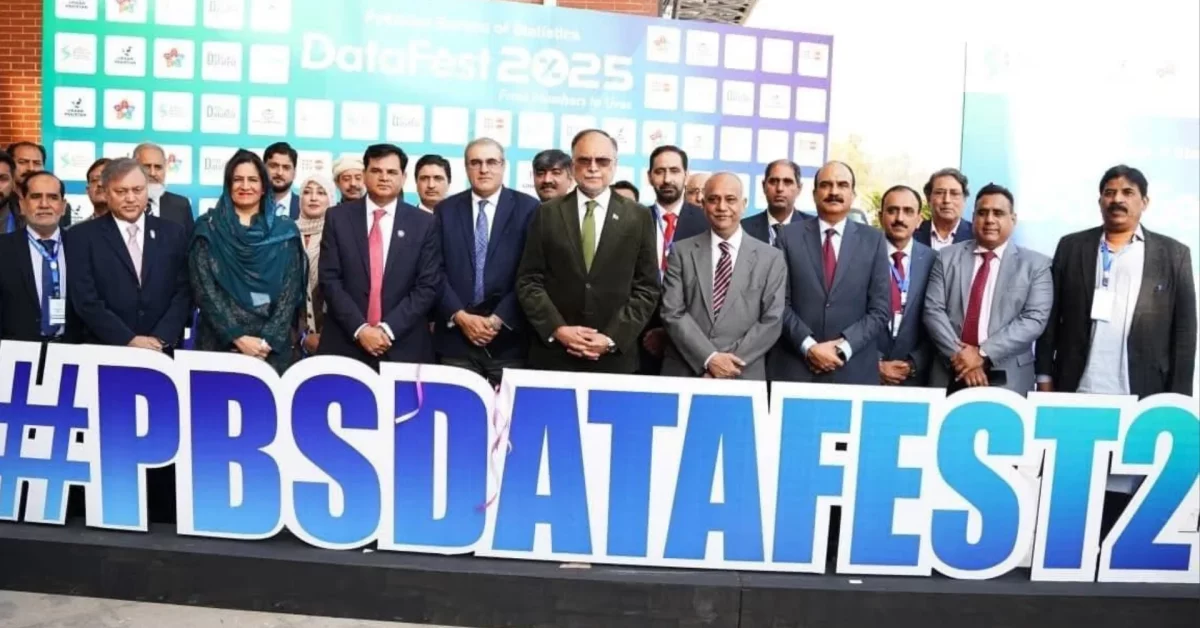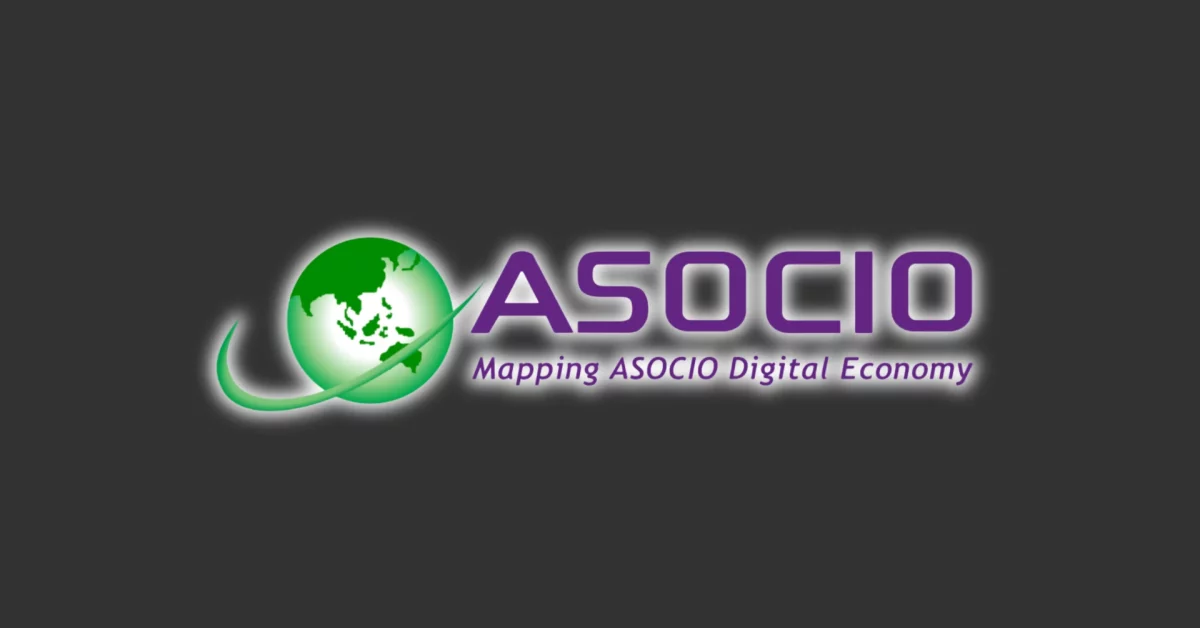
Jazz Launches “Jazz Digital Academy” to Digitally Upskill Employees
July 13, 2023
Communication: An Essence in Making Humanitarian Crises More Manageable
August 19, 2023Adopting Generative AI for SMEs
Like any new technology, the adoption of generative AI has so far left companies to struggle with devising a strategic implementation plan. Factors like data security, company-specific functionality, and a scarcity of skilled professionals have limited the ability of especially smaller players to undertake substantial pilot programs. This drastically contrasts with the initial vision of the technology.
According to a recent survey by techstrong.ai, more than 65% of US and Canadian small firms are planning to try incorporating Generative AI in their business processes with 44% companies expecting to cut hiring because of AI assisted process automation. Among the companies not planning to adopt the technology, almost half showed lack of clarity on how Generative AI could benefit their businesses.
Given the higher-than-expected barrier to entry for Generative AI, it becomes crucial for companies to develop a strategy that effectively harnesses its potential without squandering valuable resources.
Here are some key areas to focus in order to strategize investments in this technology:-
Build #capacity of company resources to use Generative AI
Take advantage of the plug-and-play third party solutions, like CoPilot and ChatGPT. that have the potential to create competitive advantage. For example, using these unicorn solutions, a company can transform entire marketing or customer service to enhance its productivity while beefing up the skill set of resources in using generative AI. Once, off-the-shelf solutions are employed for relatively simple tasks and less critical data, companies can move towards more complex and privacy-critical use cases by investing to implement home-grown solutions.
However, this adoption also needs constant monitoring for responsible use of technology by educating employes about the potential for bias and discrimination as well as data privacy and security issues. This can be done by encouraging a transparency culture in use to generative AI and staying ahead of the curve in learning about latest technological developments in this field.
Strategize data governance
A #centralized, organization-wide strategy for collecting and data governance is a pre-requisite for an effective generative AI adoption. Once a data strategy is in place, these centralized datasets can be leveraged to adapt basic versions of LLMs such as llama by Meta or Falcon by Technology Innovation Institute for company’s own use cases complaint to the specific licensing scheme of these models.
Since only a handful of foundation models might be needed across the company, a good approach can be to adopt a shared services model that is managed by a centralized team. This can help derive values from data in a secure and controlled environment. For example, this approach has been adopted by pharmaceutical company Merck by launching an internal LLM tool myGPT for experimentation by the employees centrally using a secure access mechanism.
LLM is just like a strategic partner
Selection of the right LLM for company is a critical decision considering the cost in terms of time, CAPEX and OPEX. There are certain considerations in selecting the LLMs for a company specific use case. First and most important is the degree of data confidentiality needed. While executives might not be needed to delve into the technical details, they, must understand the architecture of the LLM provider in terms security and hybrid/ fully private environment etc.
Secondly, a well-defined implantation plan is essential to determine whether to build a private home-grown solution or an outsourced solution hosted in the cloud. While fully private implementations are resource-intensive and require a team with state of theart expertise capable of creating a fully bespoke Generative AI model, it gives flexibility of future adaption to company’s needs. On the other hand, a cloud based model requires far less resources in team of experts but limits company’s ability to upgrade the model as they evolve. Thirdly, customer engagement
Agile workforce planning
Executives need to develop proactive and agile approaches to workforce planning that balance current adoption of new technology with its forecasted evolution. One way to help in devising this plan is by experimenting with Generative AI products across organization to understand the impact of these technologies on employees and make longer-term forecasts.
One major challenge in adoption of Generative AI is the shift in human capabilities which can eventually create new skill deficits in future. A skill replaced by Generative AI and no longer used by the employees will vanish from the skill set company holds in terms of human capital. For example, if an entry-level task is replaced by a Generative AI model, how the junior resources will be trained to supervise these models in the future if they no longer are tasked with these routine jobs. This will eventually replace the traditional learning curve of the employees and how companies plan their onboarding process and skills development programs.
Executives will need to forecast and predict to get insights into how to prioritize workforce resources and what guardrails will both encourage employee experimentation and prepare the organization and its human resources.
About the writer: Dr. Usman Zia is an Assistant Professor at the School of Interdisciplinary Engineering and Sciences, National University of Sciences and Technology (NUST), Pakistan. His research interests are Natural Language Processing and Machine Learning. He has authored numerous publications on language generation and machine learning. As an AI enthusiast, he is actively involved in a number of projects related to generative AI and NLP.






